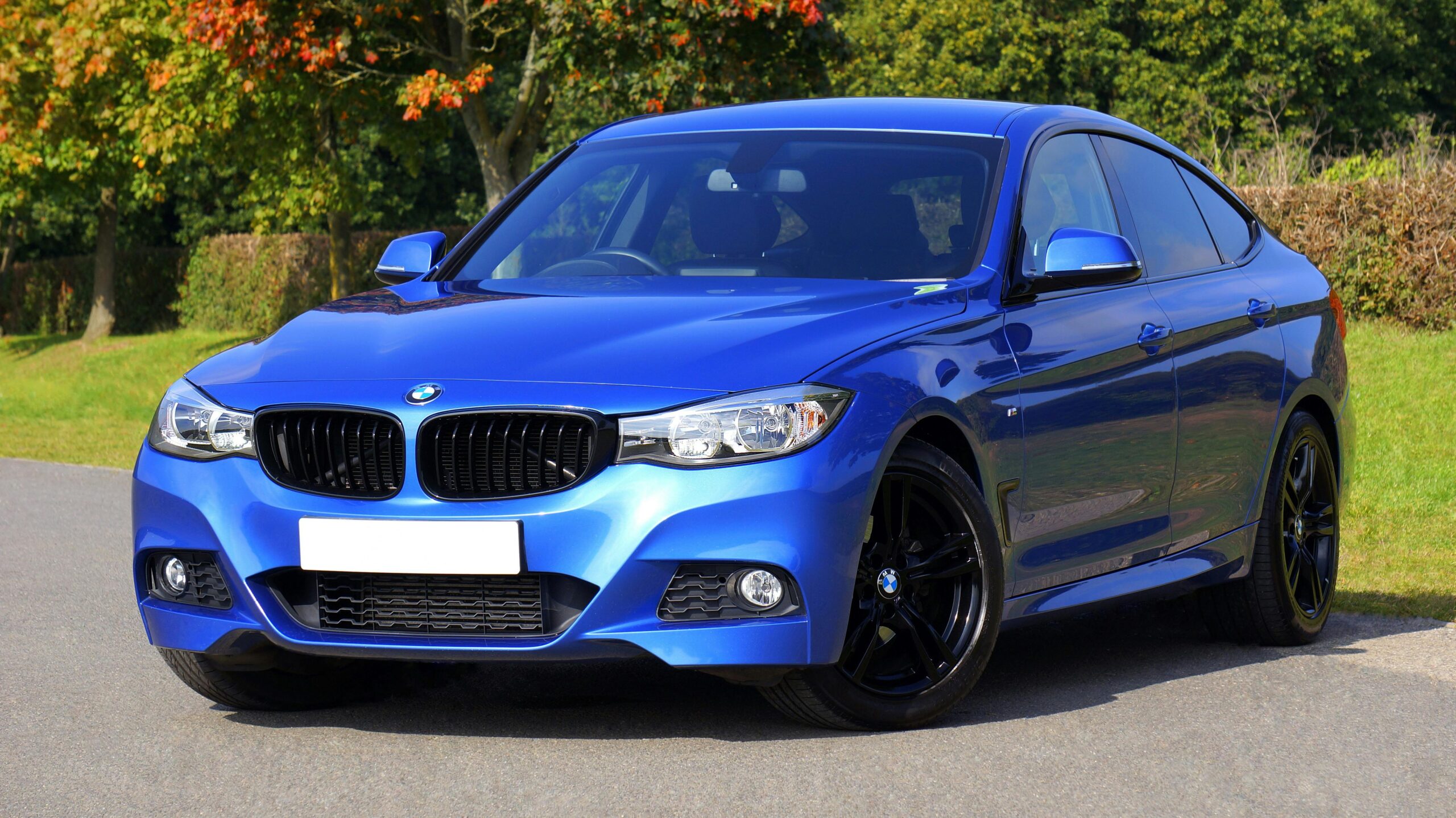With varying degrees of wear and tear and drops in mileage, the effects of mandatory ethanol blending are being felt by car owners across the country. With most manufacturers providing E20-compatible cars post April 2023, the majority of car and two-wheeler owners in the country have been forced to adopt E20 fuel, with no provision available for E10 petrol, something which would have eased the transition to E20 petrol in the future. With many citizens collectively outraged against the forceful use of E20 fuels, and many other potential car buyers hedging their bets in anticipation of higher ethanol blends, the issue has left many questions unanswered about what car ownership will look like for most Indians in the near future.
How substantially can E20 fuel damage E10-compliant cars?
The effects of E20 fuel in non-E20-compliant or E10-compliant vehicles can vary. But what can be stated without a doubt is that E20 fuel, other than causing a reported 15-20% drop in fuel efficiency, can hasten the wear and tear of certain components, mostly due to material degradation. No, it will not bring your car to a grinding halt, no, the damage will not be instantaneous or dramatic like it would be if you were to fill diesel instead of petrol in a car.
The chief components that take a hit are gaskets, which act as a seal between different engine components, preventing leaks of fluids like oil and coolant, and ensuring proper compression for optimal engine performance – hoses and fuel lines. This is because ethanol is corrosive, and any component that isn’t specially insulated from it gets affected too. This includes the fuel tank as well.
How substantially can E20 fuel damage E10-compliant cars?
The effects of E20 fuel in non-E20-compliant or E10-compliant vehicles can vary. But what can be stated without a doubt is that E20 fuel, other than causing a reported 15-20% drop in fuel efficiency, can hasten the wear and tear of certain components, mostly due to material degradation. No, it will not bring your car to a grinding halt, no, the damage will not be instantaneous or dramatic like it would be if you were to fill diesel instead of petrol in a car.
The chief components that take a hit are gaskets, which act as a seal between different engine components, preventing leaks of fluids like oil and coolant, and ensuring proper compression for optimal engine performance – hoses and fuel lines. This is because ethanol is corrosive, and any component that isn’t specially insulated from it gets affected too. This includes the fuel tank as well.
What can be done to safeguard non-E20-compliant vehicles from wear and tear?
Mass market cars are a highly cost-sensitive space. So manufacturers, while aware of the E20 deadline, have only chosen to fortify their cars as of 2023. If your car is purchased post-2023 and is E20 compliant, you’re in the clear. If not, certain manufacturers like Maruti Suzuki are preparing to offer E20 upgrade kits, which are expected to cost somewhere between ₹4000- ₹6000. The cost of E20 upgrade kits by other manufacturers can vary based on the make and model of the car. On average, the price of a cylinder head gasket alone can cost upwards of ₹3000. However, components like fuel injectors (approximately ₹14,000 for the best-selling Hyundai Creta), fuel pump, fuel tank, carburetor float, etc., along with labor charges, can rack up a bill north of ₹35,000 (approximately)
Are there fuel types on sale, with a lower blend of ethanol?
At present, there are two premium variants of petrol on sale in the country that feature zero ethanol content. These are Indian Oil’s XP100 and Hindustan Petroleum’s Power100. The per liter price for these ranges from ₹160 to ₹173 per liter, depending on which state you’re purchasing them in. Every other brand of petrol, regardless of its misleading label, be it XP95 or Power 100, contains a 20% ethanol blend.
If the price premium for these fuels weren’t a strong enough deterrent, there’s also the fact that they’re not readily available at all fuel pumps. Price is a major issue, however, as individuals willing to pay a premium for high-octane fuel primarily deal with luxury and performance cars, which not only account for a very small percentage of overall car ownership in the country, but these brands were the first to provide E20-compliant cars. Mercedes-Benz India shifted to BSVI-ready E20-compliant cars in 2018, and its rival BMW is currently the only manufacturer in the country to sell E25 fuel.
Should those looking to purchase a car in the next 1-2 years worry about a higher ethanol blend being made mandatory?
According to Mercedes-Benz India MD Santosh Ayer, further blending of ethanol to E27 and beyond will be carried out in a selective manner and is unlikely to be standardized nationwide across petrol stations. A statement released by the Ministry of Petroleum and Natural Gas echoes that sentiment. According to the press release, “Any move beyond E-20 requires careful calibration, for which extensive consultation are underway” and that “Decisions for beyond 31.10.2026 will involve submission of the Report of the Inter Ministerial Committee, evaluation of its recommendations, stakeholder consultations and a considered decision of the Government in this regard. That decision is yet to be taken.”
